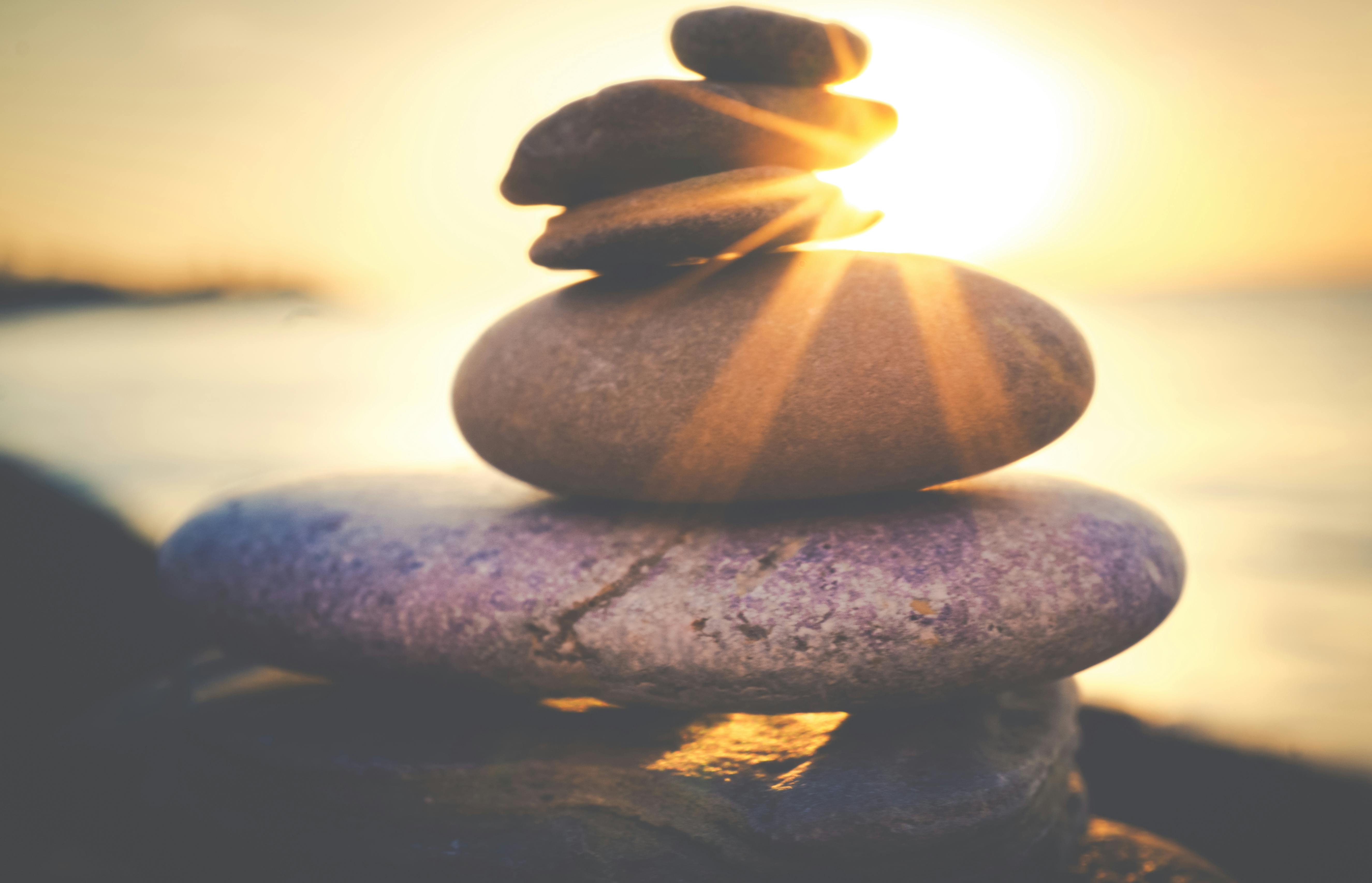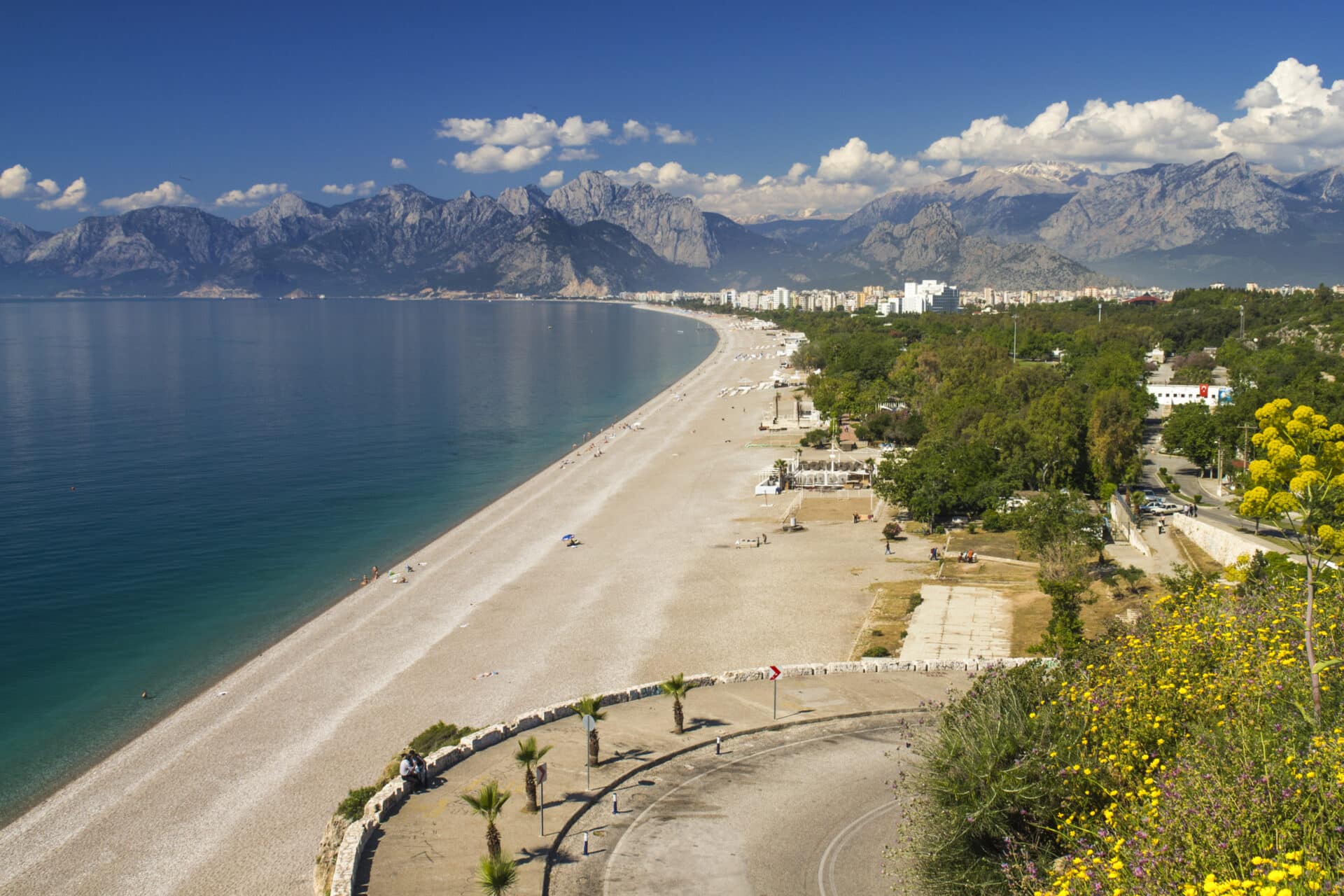Building a solar water distiller is a great way to generate clean, safe drinking water. This process uses the power of the sun to evaporate and condense the water, thus purifying it. The solar energy is trapped in a container and used to heat the water, which then evaporates into vapor. This vapor is cooled and condensed back into liquid form, leaving behind impurities such as salts, metals, and other contaminants. In this guide, we will discuss how to build a solar water distiller and the materials you will need. With some basic tools and supplies, you can construct your own solar-powered distiller in no time.A Solar Water Distiller is a device that uses solar energy to distill water from a source such as seawater, contaminated water, or brackish water. It works by using the sun’s rays to heat up the water and then condense it into a separate container for use. The distilled water produced is generally purer than the original source and can be used for drinking, cooking, or irrigation.
Advantages of Building a Solar Water Distiller
Building a solar water distiller is an excellent way to provide clean, safe drinking water for your home or business. There are many advantages to building a solar water distiller, including cost savings, environmental benefits, and convenience.
The cost of building a solar water distiller is much lower than purchasing bottled water or other forms of purification systems. The materials needed for the construction of the distiller are readily available and relatively inexpensive. Additionally, the energy costs associated with running the distiller are minimal since it is powered by the sun’s energy.
Using a solar water distiller also has environmental benefits. By reducing waste from plastic bottles and other forms of packaging, you can help reduce your carbon footprint and contribute to a greener world. Additionally, the process of distillation produces no emissions or pollutants that could harm the environment.
In addition to its cost savings and environmental benefits, using a solar water distillers offers great convenience. You can easily construct your own system without any special tools or knowledge; it simply requires access to tools and basic
Required Materials for Building a Solar Water Distiller
Solar water distillation is an effective, low cost way to purify water. It works by evaporating contaminated water and then condensing the vapor into a clean container. To build a solar water distiller, you will need several materials. These include a container or tank for collecting the purified water, a heat source to evaporate the contaminated water, and a condenser to collect the pure vapor. You will also need piping and tubing for connecting the different parts of the distiller and controlling its flow rate. Finally, you will need insulation materials to keep the system from losing too much heat in between cycles. With these materials in hand, you can assemble your solar water distiller and start producing clean drinking water.
In order to construct your solar water distiller, you will need several tools as well. These include basic hand tools such as pliers, screwdrivers, wrenches, and hammers. Additionally, it may be helpful to have access to power tools such as drills and saws for cutting holes in containers or tanks. A soldering iron can also be useful for connecting pipes and valves in tight spots.
Introduction
Distillation is a process of purifying water by boiling it and then condensing the steam back into a liquid. This process separates the impurities from the water. Solar distillation uses the sun’s energy to heat the water and evaporate it, condensing it and collecting it as purified water. Building a solar water distiller is an easy way to purify your own drinking water for free, while also reducing your carbon footprint. In this guide, we’ll show you how to build your own solar water distiller from scratch.
Gathering Supplies
The first step in building a solar water distiller is gathering all of the necessary supplies. You’ll need a 2-3 liter plastic container with a lid, some clear plastic tubing, an air pump, two 3-4 inch diameter clear plastic flowerpots with lids, some aquarium sealant or caulk, and some glass or metal trays for collecting distilled water. You can easily find all of these supplies from any hardware store.
Step 1: Prepping the ContainerPreparing the Container for the Solar Water Distiller
The first step in constructing a solar water distiller is to prepare the container. This should be done carefully and with great attention to detail. The container should be made of a material that will not corrode or react with the distilled water. Glass, stainless steel, or plastic are all good choices for materials. The size of the container should be large enough to accommodate the desired amount of distilled water, but small enough to fit comfortably in the area where it will be used. It is important to make sure that all edges are smooth and free from sharp edges or corners that could cause injury.
Once the container has been selected, it must be thoroughly cleaned before use. A solution of soap and warm water should be used to remove any dirt or debris from the inside and outside of the container. After cleaning, it is important to rinse off any remaining soap residue before filling it with water for distillation. If possible, an airtight lid should also be placed on top of the container in order to prevent any contamination from entering into the distilled water during the distillation process.

Constructing the Condensation Chamber of the Solar Water Distiller
Constructing a condensation chamber for a solar water distiller is an essential step in making this device. The condensation chamber is where the heated air from the solar panel is cooled, resulting in condensed water droplets that are collected in a container. The construction process involves cutting and fitting pieces of insulation material, such as Styrofoam, to form a box-like structure. The sides of this box should be sealed with tape to ensure airtightness. A fan or blower is then installed at one end of the chamber to draw in heated air from the solar panel and blow it out through the other end. This creates a current of air that passes over the insulation material, allowing it to cool and condense water droplets on its surface. Once enough droplets have been collected, they can be drained away into a container for storage or use.
The efficiency of this condensation chamber depends on its design and size. It should be built as large as possible so that more air can pass through it and allow for better cooling. Additionally, thicker insulation material should be used for
Assembling the Collection Chamber of the Solar Water Distiller
Assembling the collection chamber of a solar water distiller is an essential part of the installation process. It is important to ensure that it is correctly assembled and sealed to prevent any possible leaks or contamination from occurring. The collection chamber should be assembled with all necessary parts, including a filter, drain valve, and support stand. Care should be taken when installing these components to ensure that they are properly secured and sealed. Once everything is in place, the collection chamber should be tested for proper functionality before it is ready for use.
The first step to assembling the collection chamber of a solar water distiller is to install the filter. This filter should be installed in accordance with the manufacturer’s instructions, making sure that all parts are properly sealed and secured. After this step has been completed, the drain valve should then be installed on the bottom of the chamber. This valve will allow for drainage when necessary while also preventing any water from entering into the system from outside sources. Finally, a support stand should be installed in order to provide stability for the chamber during operation.
Once all components have
Connecting the Condensation and Collection Chambers of the Solar Water Distiller
The primary structure of a solar water distiller consists of two main components: the condensation chamber and the collection chamber. In order to assemble a solar water distiller, these two chambers must be connected together properly. The condensation chamber is the area where hot air from outside is passed through, while the collection chamber is where the distilled water collects.
The first step in connecting these two chambers is to fit one end of a tube into the condensation chamber. This tube should have an inner diameter slightly larger than that of the outlet hole on the condensation chamber. The other end of this tube should then be fitted into an elbow joint, which can be placed on either side of the collection chamber.
Once these connections are made, the next step is to attach a clamp to secure them together. This will help ensure that no air leaks out from either end of the connection. Once this has been done, it’s important to check for any leaks or weak points in both chambers before proceeding with any further assembly.
Finally, connect a hose from one side of the elbow joint

Conclusion
Building your own solar water distiller is a great way to get clean and drinkable water from any source. You can use this simple system to make distilled water for your daily needs or to store for emergency purposes. With just a few materials and some basic knowledge, you can have a reliable source of pure drinking water. Additionally, the sun’s energy is free, so you don’t need to worry about any additional costs. As long as you take care of your system and maintain it regularly, you can enjoy clean drinking water for many years to come.
Building a solar water distiller is a great way to become more self-reliant and save money in the long run. If you have access to the materials and basic tools, it’s relatively easy and straightforward to build one yourself. Once completed, you can enjoy the benefits of having pure drinking water without worrying about contamination or pollution.
In conclusion, building your own solar water distiller is an excellent way to get clean and drinkable water from almost any source. With minimal materials and some basic knowledge, you can create a reliable source of pure

